viborg
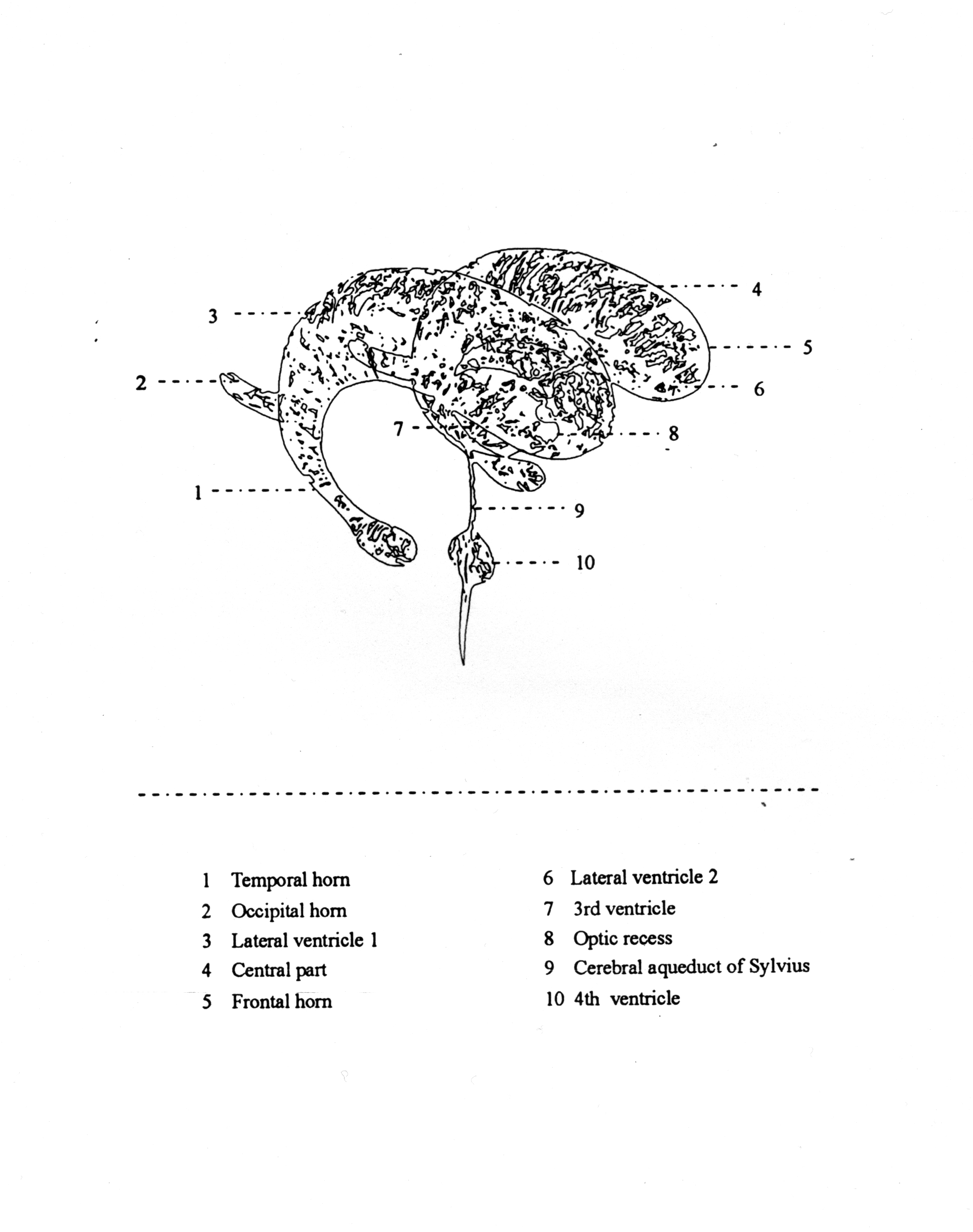
viborg: ventricles of te human brain computer simulation: Tyyne Claudia Pollmann
Interview passage with Susanne Witzgall
P: The viborg is a continuation of the cyborgs. It’s a virtual-ventricle-b-organ. Ventricles actually exist in the human brain, the four brain ventricles. They are the cavities in the brain filled with liquor cerebrospinalis. I simulated them on the computer and thus chose the places where no logical thinking takes place.
W: Are there any scientific representations of this?
P: Yes, in anatomical books, a black outline is usually drawn in so that you know where the cavities are as an orientation. I have seen a drawing in a neurology book. It is made by cutting through the brain several times to see where the voids are. I read the other day that Leonardo da Vinci poured wax into the brain ventricles.
W: And you then simulated the system using these anatomical black outlines?
P: Yes, I took them as a ground plan and a starting point. Then I added images from reality to this model. I think every reception of reality needs a pretext, in the sense of a projection surface. You never know what reality looks like, you’re always already walking around with models and constructs. For this reason, I first simulated the viborg on the computer and then projected the real material onto the body.
W: What did this real material consist of? P: It was a photo of the meeting of oil and water. That’s what produces these drops, because they don’t combine properly. As a fat-soluble and water-soluble component, they are what every living thing is made of, and at the same time they are two different media that meet but do not mix. W: And then you shot this viborg from different positions.
P: Yes, I went in with a virtual camera and did tracking shots there. The fluid that is in the ventricles buffers the brain and thus our consciousness; otherwise we would fall from one faint to the other. I was wondering what it looks like when you feed image data to this model, as if you could confront it with reality that way. What does that look like, what images are created then? You need the model and some kind of input.
W: That’s actually a scientific approach. In a way, of course, only because the result is not scientific. Science also creates models and then…
P: Yes, but you also do that in philosophy, you actually do that your whole life. After all, one is constantly projecting before oneself, one designs constructs, feeds them and then feels confirmed or surprised.
W: It’s not scientific in that you didn’t have the goal of gaining any scientific knowledge.
P: I wanted to see what kind of images would be created in this way. I gave the computer contradictory parameters for image generation, so that the results of the images were unpredictable for me. At the same time, the images are calculated. That’s another thing that’s not right.
W: So you created a “lifelike” model and then entered contradictory data in the image processing. In that respect, the images don’t actually match the model.
P: If one exposes a model to the reality, it always shows up that this is not correct or delivers results which were not to be expected. That’s why there’s a next model.
W: With the viborg work, could you imagine exhibiting the simulation as well? That was not the case with the cyborgs.
P: Yes, with the cyborgs I also exhibited the simulation. There is the simulation, so the pretext, that is the bachelors or the ventricular system as a virtual body, and then there are the photos and finally animations, short films about it.
W: You said that with the photos you were interested in what came out of it. What came out of it?
P: Partly there were simple error messages that didn’t interest me. Then there were grosser and finer errors. So I got into the era of errors and realized that there are interesting and uninteresting errors. Just printing an error message was witless for me, because that often happens when you work on the computer. But maybe that’s also a reason why it suddenly seemed interesting to me. If something is wrong, what is it? There were attempts at representation that one would normally erase as errors. In some cases, new three-dimensional forms even emerged in the viborg. From the mixing of the imagined and the real, of model and reality, something third came into being, of which one knew nothing beforehand – which also happens to one in life. And often what is initially registered as a mistake is then good after all, or just good. When I was working on the viborg, I noticed how fixated I am on getting the result I expected. I always threw away 80 to 90 percent of the work because it wasn’t the way I wanted it. Then I realized that I was running a self-fulfilling prophecy, and that’s a boring thing. Thinking on the computer, I want a box now and then you build a box and then you have a box. Basically, you shake hands with yourself. I was then very grateful for the possibility of being able to specify parameters that surprised me.
W: So you were experimenting?
P: Yes, I asked myself, how can I create a situation in which I don’t know exactly what will happen and what are the values that will result in something new? That also excites you in a different way, because it again calls the model into question. It suddenly starts to evolve.
W: What interested you most about these empty spaces in the brain, about this ventricular system?
P: Basically, it’s becoming clearer to me that everything that exists doesn’t come about the way you planned it. We also doesn’t know exactly what motivation drives us to a certain action. The whole self-enlightening attitude and assumption that you know your stuff or can plan something is something I see less and less, neither in my own life, nor in research, nor in politics. It is often staggeringly banal or random how decisions are made. In art, too, one shouldn’t pretend to have compelling reasons for everything, that it’s a beastly thing to do. This way of making art or oneself fixed bores me. That has been one reason why I am interested in precisely these blanks or mistakes. Later, the three-part work “misstakes” also emerged from this thought.
W: So it’s about something that is not calculable, not graspable. That is like air.
P: Yes, it’s like air, you can’t see it, but you die without that stuff. That’s much more important than what you have in front of your eyes all the time. W:The consciousness or the brain interests you more permanently. You did another work on this subject called “non-stop-pausing”, calling it the follow-up work from the viborg. How did this work come about?
P: The starting point is again the same material, i.e. oil and water meeting. This time it is projected onto a cylinder, and you literally stare into the tube, into the monitor. This makes the cylinder look foreshortened. It looks like a target with a hole in the middle. It comes towards you at different speeds or, depending on how you judge it, the viewer has the impression of approaching the cylinder. Between these sequences I have inserted black spaces. Basically, this interrupts the movement of the tube, which also rotates around itself, again and again, as if someone were switching the light on and off. You stay in front of the object, which you only ever see for short sequences. It comes towards you, but you don’t enter it. Due to the irregular time intervals, the different rotation speeds and the phases of the interposed black, one does not get into a rhythm either. You can’t find your way into it. (recovering/conversion of animation in process)
W: It eludes close observation.
P: Yes, you always think you’ve found a rule, but then it turns out to be a mis-take again. The question for this work was how one actually comes to perceive a sequence of events as a story. After all, it’s individual events that you link together yourself. Technically, there are 25 individual images in the film that suggest movement, because the brain interprets the 25 images as fluid. The title “non-stop-pausing” goes in the similar direction. What is that: non-stop-pausing? If you always pause, you never pause.
passage from interview with Susanne Witzgall for the catalogue DANNDONE, 1999
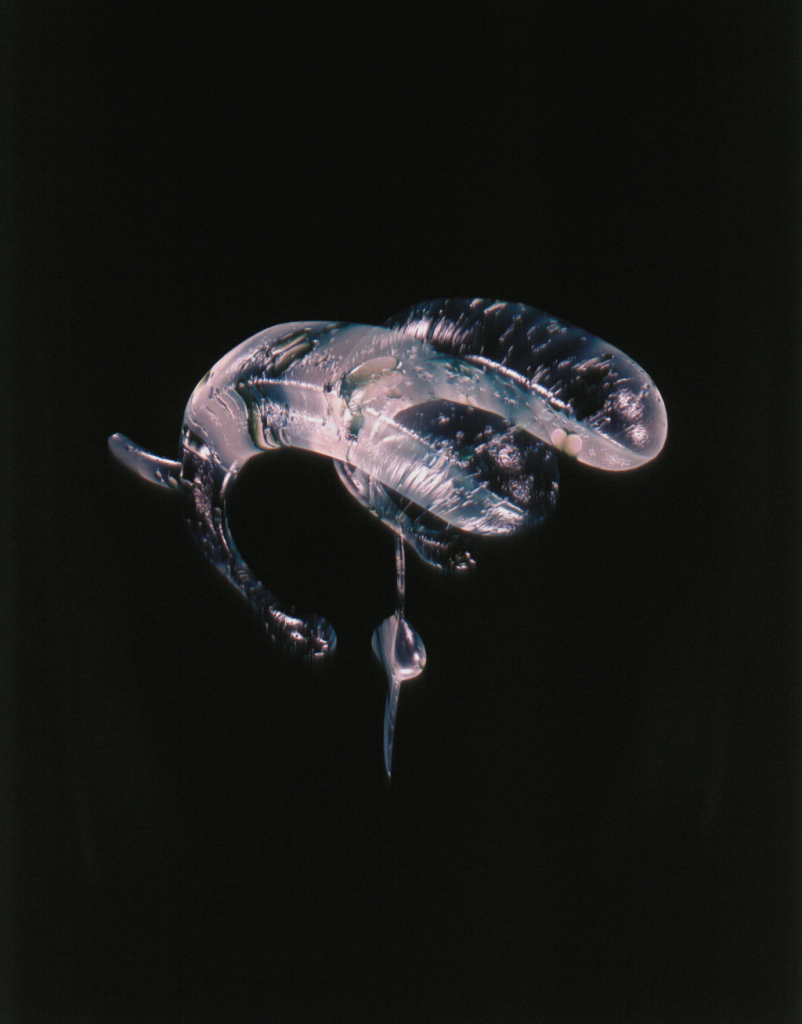
viborg: model computer simulation: Tyyne Claudia Pollmann

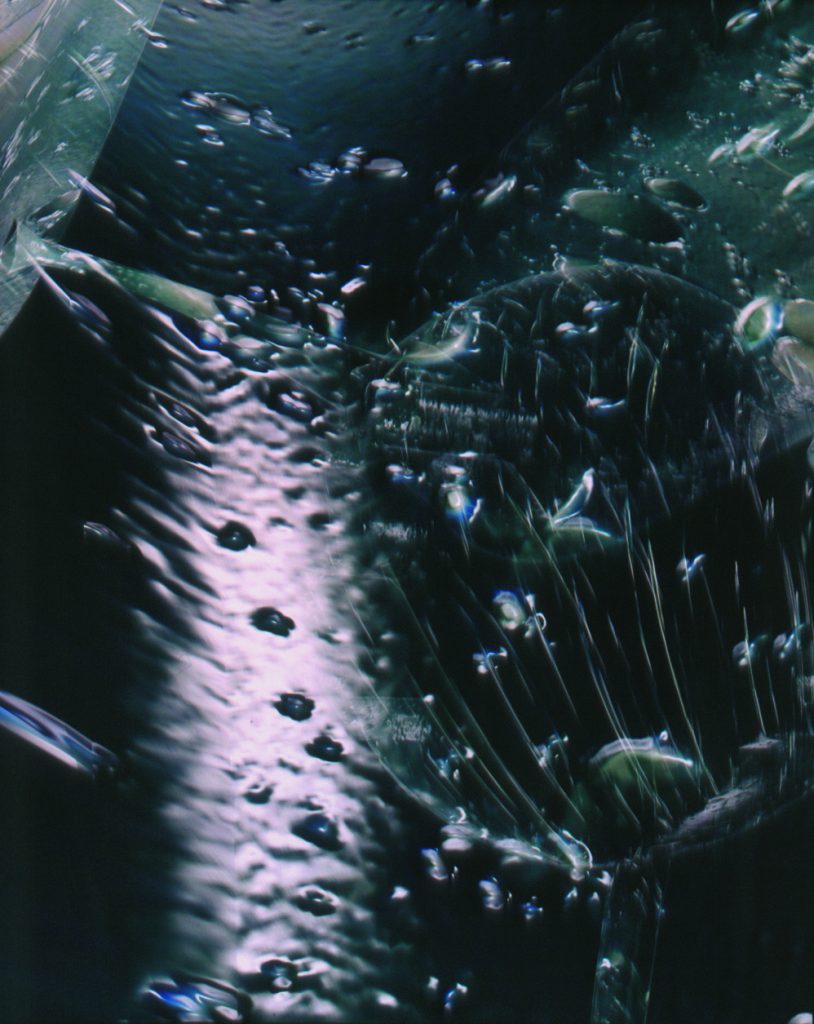
inside 2 computer simulation: Tyyne Claudia Pollmann
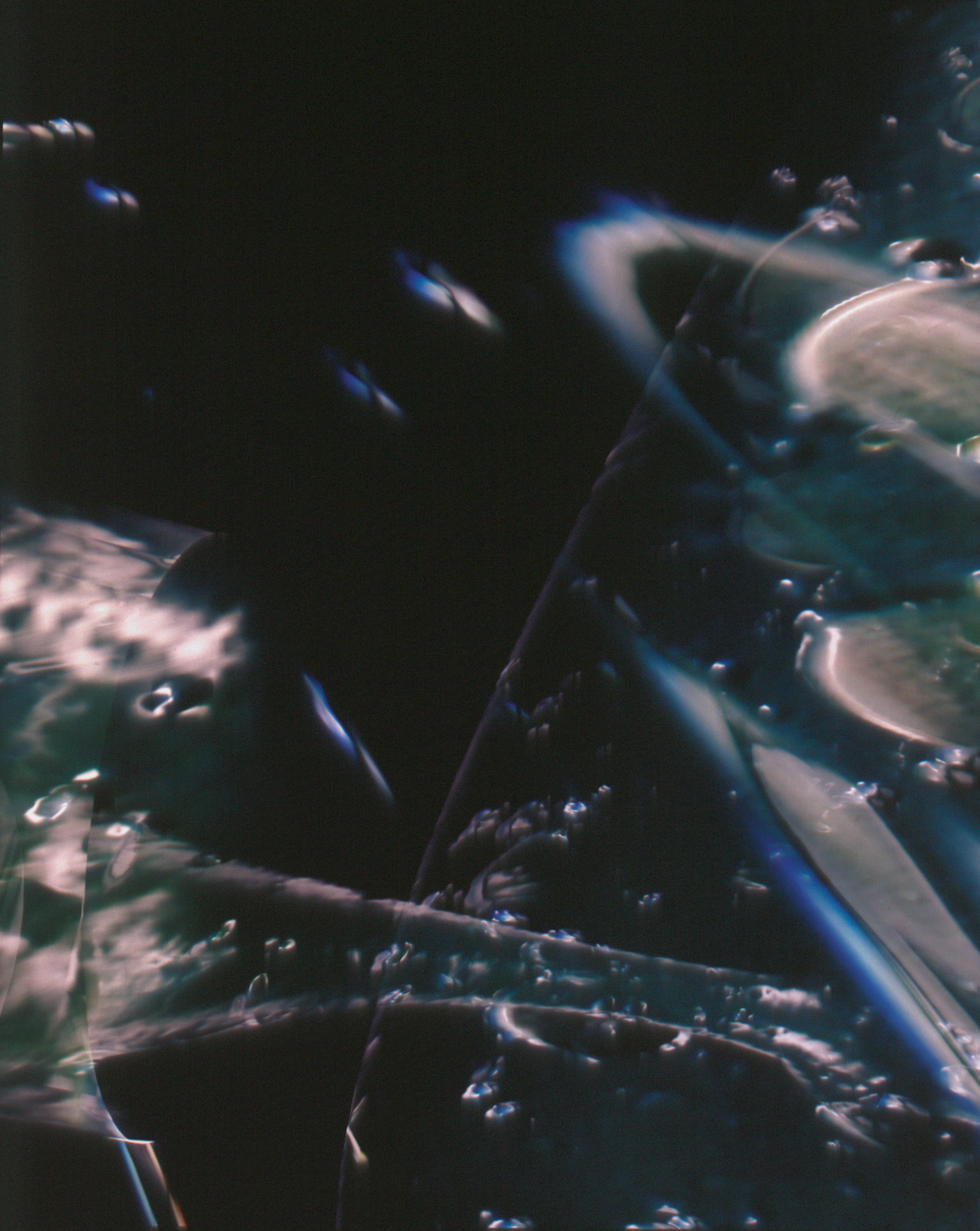
inside 1 computer simulation: Tyyne Claudia Pollmann
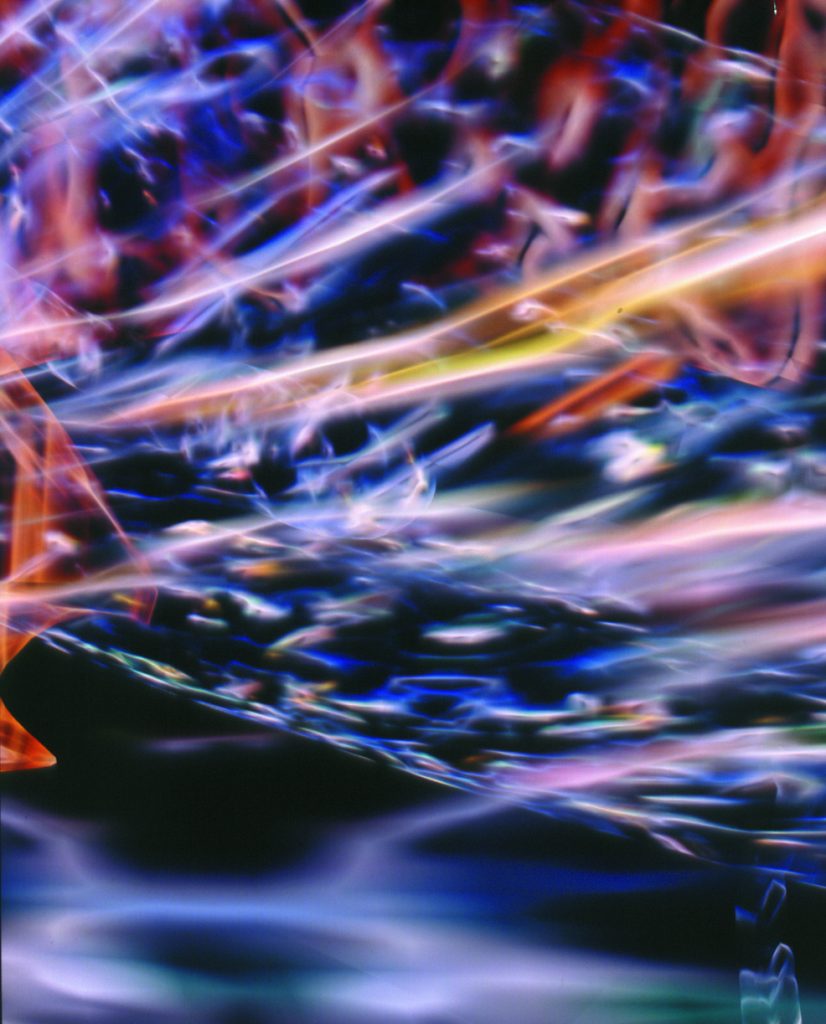
in sight 1 computer simulation: Tyyne Claudia Pollmann
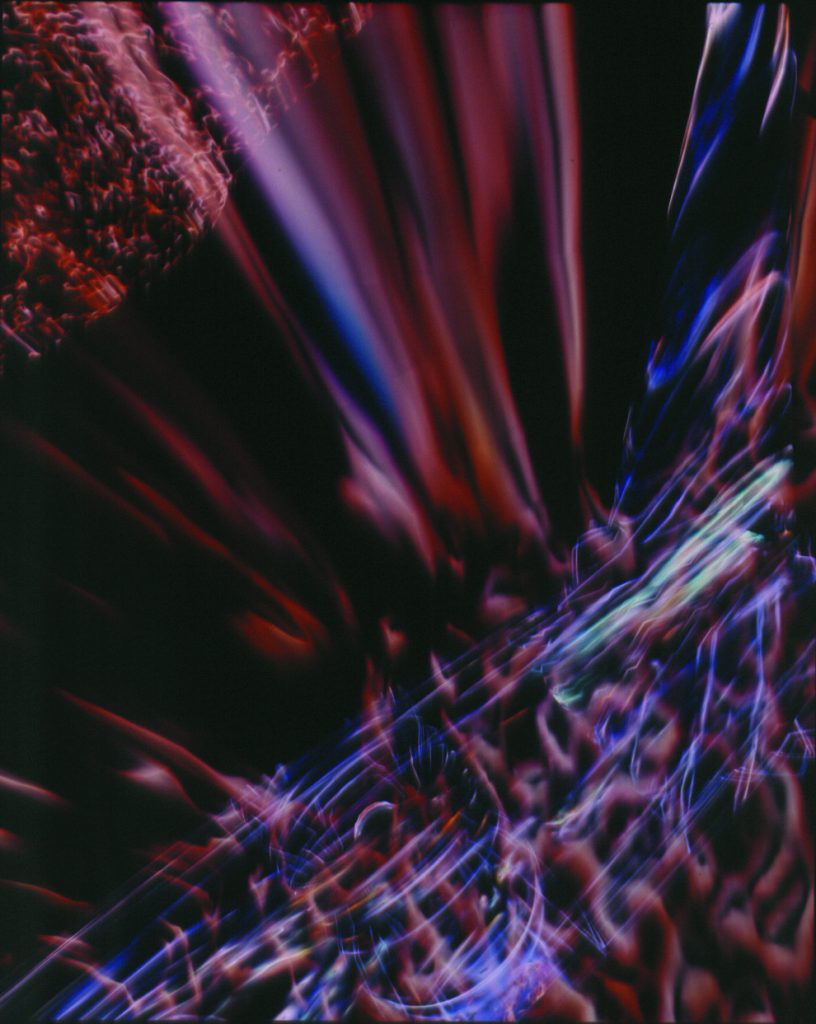
in sight 2 computer simulation: Tyyne Claudia Pollmann
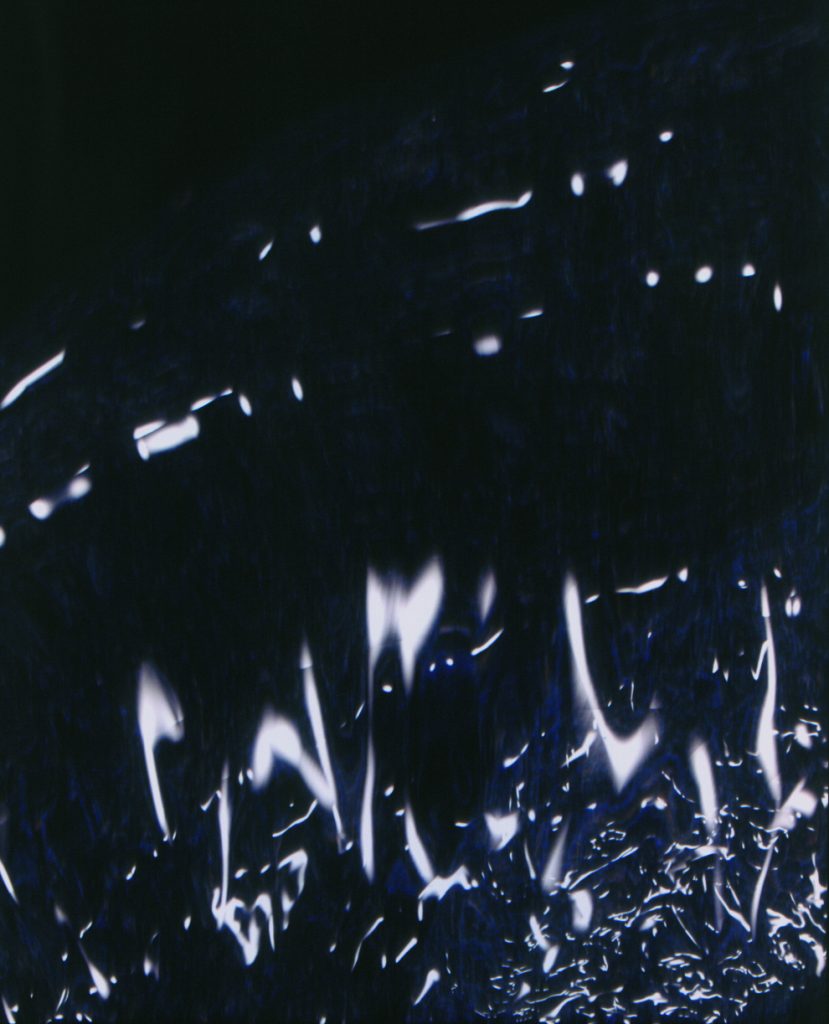
in light 1 computer simulation: Tyyne Claudia Pollmann
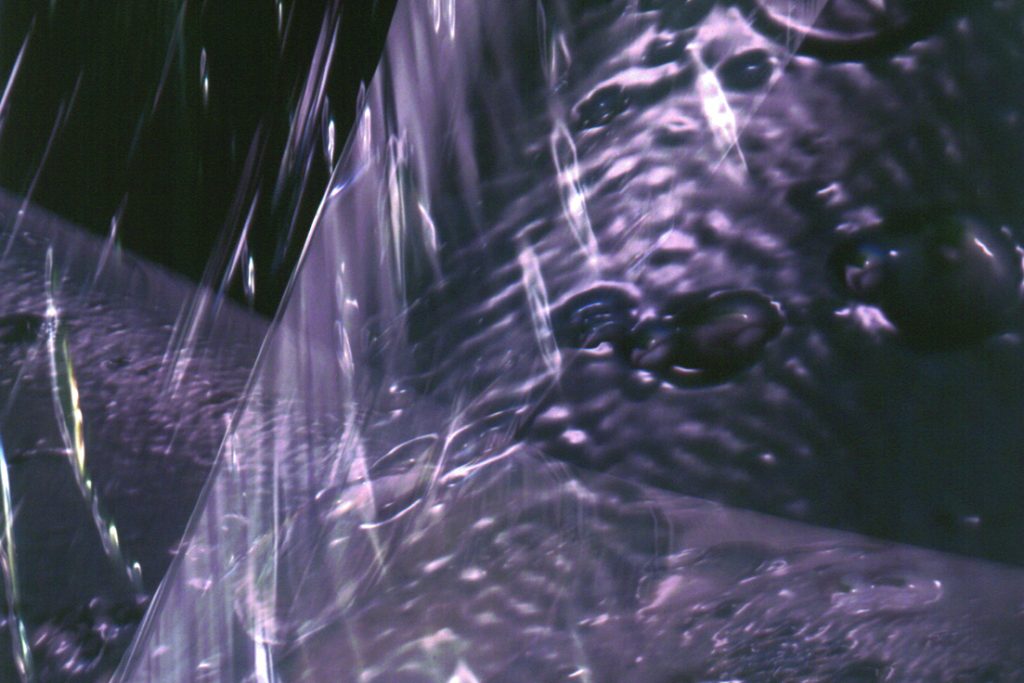
misstakes a computer simulation: Tyyne Claudia Pollmann
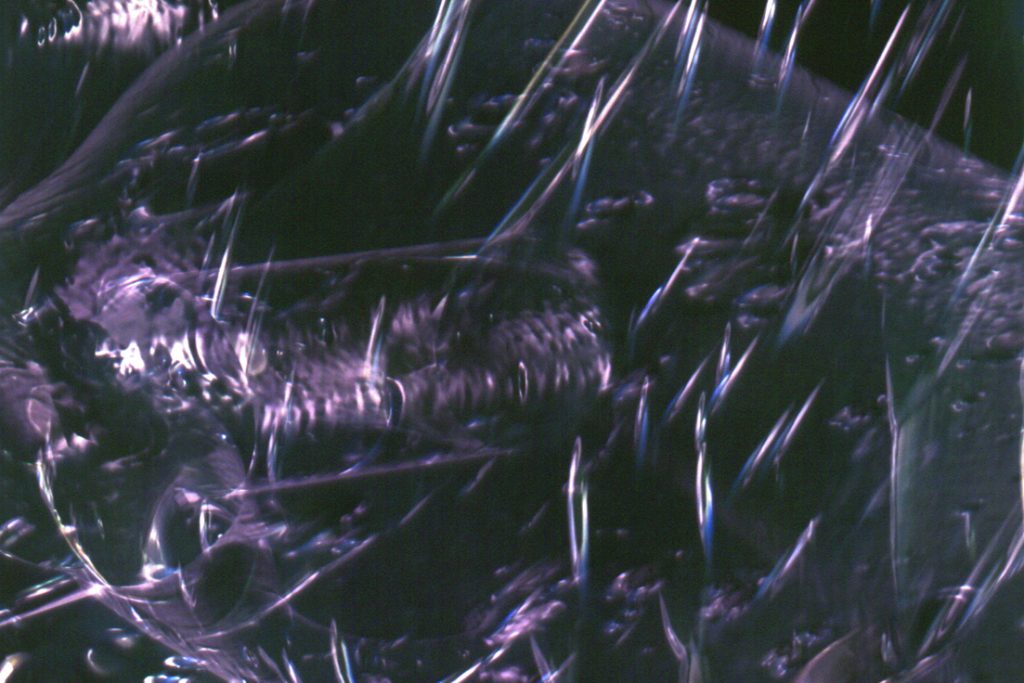
misstakes b computer simulation: Tyyne Claudia Pollmann
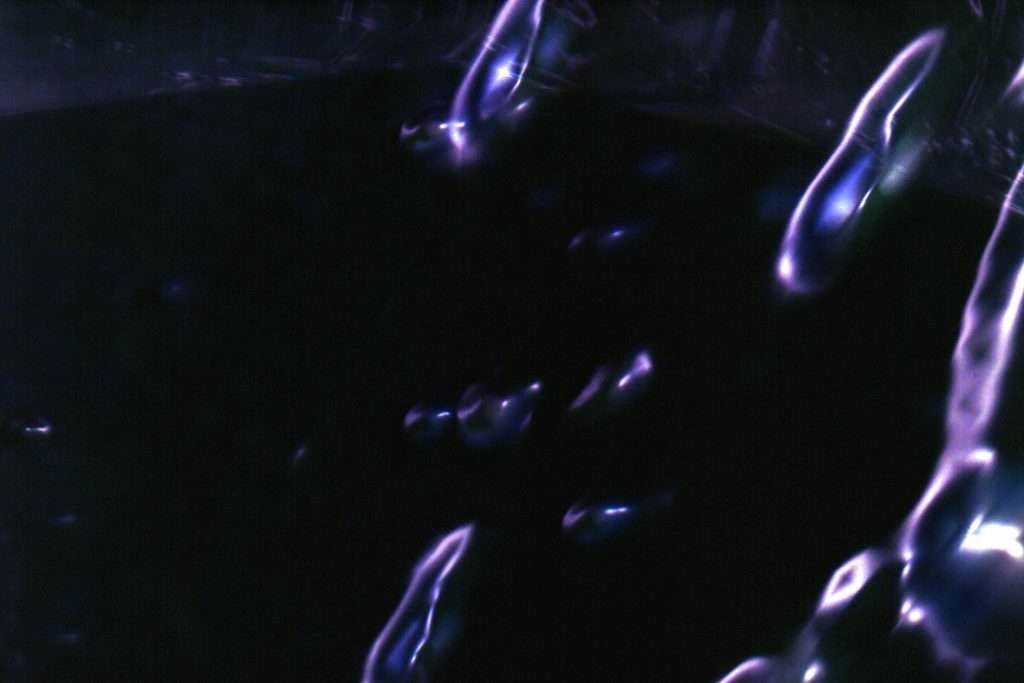
misstakes c computer simulation: Tyyne Claudia Pollmann